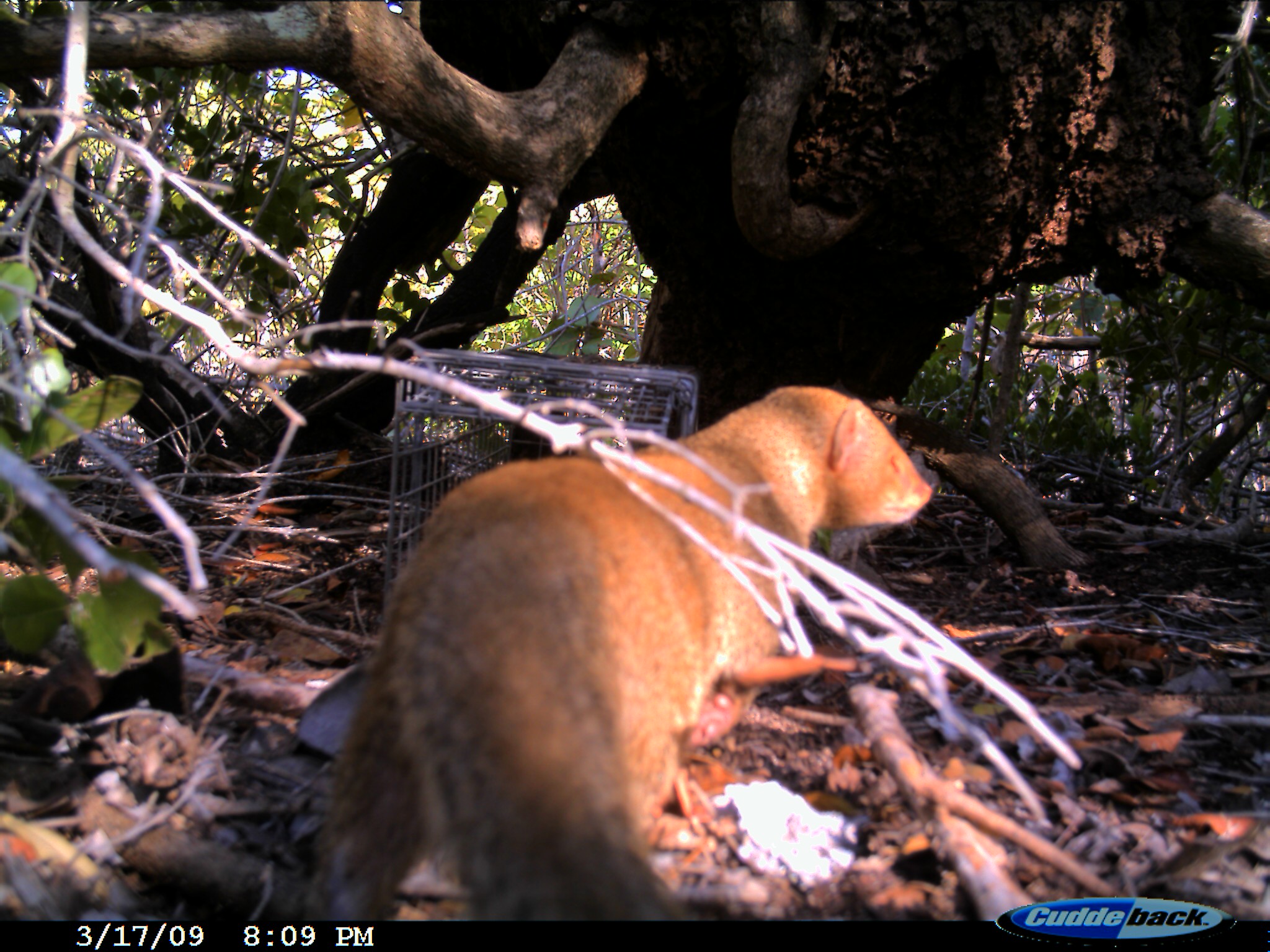- TNC: Cool Green Science
- Welcome
- Mongoose Dem Mini-Documentary
- Mongoose Research
- Overview
- SPNWR Vegetation Research
- Cruzan Culture
- Research Trips
- New World Distribution
- Redsicover St. Croix
- St. Croix Technical Resources
- Gallery of Mongoose
- Mongoose Audio Recordings
- Natural History
- Trapping Data
- SPNWR Thermal Profile
- Mongoose Trail Camera Videos
- Mongoose Trapping Videos
- SPNWR Nature Trails
- 2009 UMass Research Conference
- Trail Camera Images
- Marine Invertebrates/Plankton
- Puddikowski
- Attitutde Adjustment
You are here
Using Skype to Connect a Kindergarten Class With a Research Expedition to St. Croix, US Virgin Islands
Sat, 04/04/2009 - 02:59 — Anonymous (not verified)
Matt Pegorari
Biology Department
Westfield State College
Westfield, MA 01086-1630
mpegorari0600@wsc.ma.edu

Biology Department
Westfield State College
Westfield, MA 01086-1630
mpegorari0600@wsc.ma.edu
Abstract
Since the inception of the Jason Project in 1989, many scientists working at remote field sites have been trying to develop methods by which they can communicate directly with students in a classroom. Unfortunately, until recently the cost for this technological innovation was prohibitive. However, the increasing availability of internet connectivity and the development of free video-chat software has changed the nature of the game so that field researchers with a laptop computer can often communicate with students thousands of miles away. This presentation describes how we set up a video-chat session using Skype with a kindergarten class at Juniper Park Elementary School in Westfield, Massachusetts during a recent research trip to study the population biology of small Indian mongoose on St. Croix, US Virgin Islands.
Introduction
During Spring Break 2009 two students accompanied a Westfield State College (WSC) Biology Professor and his six-year-old son (Jonathan) on a research expedition to study introduced small Indian mongoose on the island of St. Croix, US Virgin Islands. Mongoose are Old World carnivores that outwardly resemble ferrets, but are genetically more closely related to cats. They were introduced into the Caribbean in the late 1800s to control rat populations because many planters believed that rats were causing unsustainable loses to their sugar cane crops. While it is true that mongoose eat rats (and anything else they can get into their mouths), most Caribbean Islands currently support substantial mongoose and rat populations, more than 100 years after mongoose were first introduced onto these islands. This is likely due to the fact that mongoose are primarily diurnal and rats are primarily nocturnal so that they pass each other going to and from work each day.

While the major focus of this expedition was to improve our understanding of mongoose population biology, we also added a significant component using internet communication technology. Spring break at WSC did not coincide with vacation time for Westfield Public Schools. Consequently, we decided to use this expedition as a learning experience for a kindergarten class at Juniper Park Elementary School in Westfield. Prior to departure we established a blog site for Jonathan and his classmates. We also arranged for his class to take a "field trip" to WSC's Center for Instructional Technology during our research trip so that we could hold a video-conference with them using Skype.
